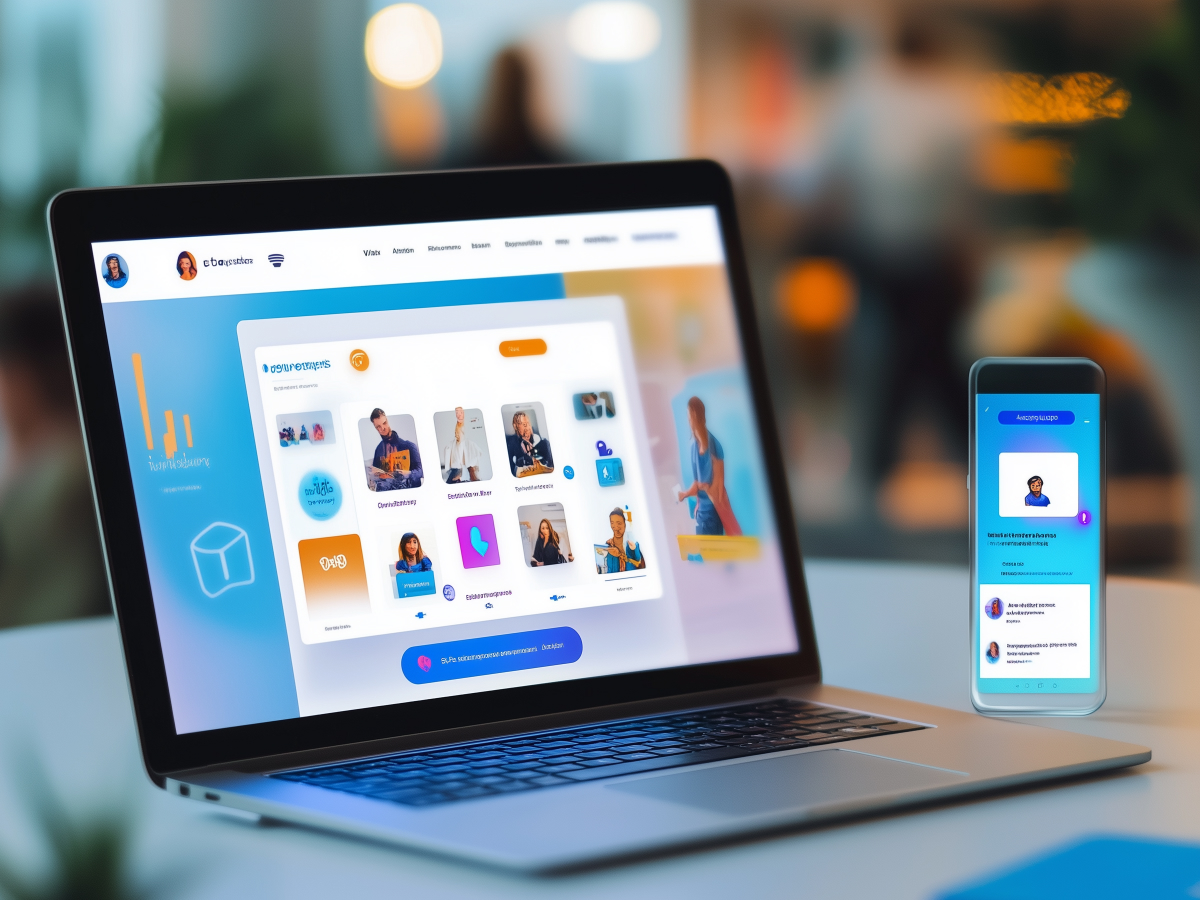Consumers follow brands primarily for deals and promotions
Look at where most of your audience’s attention is going on social platforms. It’s deals. Real, tangible benefits. According to Emplifi’s 2025 Social Pulse report, a majority of U.S. social media users cited deals and promotions as their main reason for following a brand. Not product updates. Not lifestyle content. Just value they can act on.
This is a compression of attention span and intent. Your audience is scanning fast and thinking in binary: “Does this help me right now, or not?” Brands that keep delivering immediate value, discounts, limited-time offers, special access, win the feed, the click, and the sale.
For any executive running marketing or sales, this is a clear signal. Don’t prioritize value storytelling over actual value. Marketing operations need to be structured around delivering measurable incentives regularly. That means aligning promotion strategy with daily engagement patterns and making responsiveness a key performance metric.
A reactive system won’t work. You need a team or automation pumped into this. Because if your competitor reaches the consumer first, offering value faster, your content gets skipped. You don’t earn attention; you lose it.
Tailoring your messaging to reflect urgency and relevance around promotions is now essential. The audience is speaking clearly. Brands that ignore that are optimizing for less impact.
Offers, User-Generated Content (UGC), and engagement drive purchase activity
People buy because something feels credible, real, and, most importantly, relatable. According to Emplifi’s 2025 Social Pulse report, promotions grab attention, but it’s the combination of offers, user-generated content, and active engagement that drives conversions. That blend builds trust. People trust people more than they trust logos.
Brands that highlight real customer experiences, especially when paired with timely offers, establish legitimacy faster. It’s not enough to share polished content. The value comes from showing what’s being said about your product, by whom, and how you respond. And when that UGC is tied to a promotional offer, you reduce the hesitation that sits between exposure and action.
C-suite leaders focused on long-term growth need to structure content workflows around user participation. You don’t need more brand campaigns. You need trusted amplification from your customer base. That requires listening, inviting feedback, and making participation easy.
At the same time, engagement, through comments, replies, and DMs, is functional. Active back-and-forth tells future customers your brand is operational, not just promotional. It reinforces that someone is there, paying attention. That’s a decision-making trigger, especially in competitive verticals.
Consumers expect fast and responsive direct messaging (DM)
Expectations have changed. Consumers don’t view direct messaging as optional anymore. They see it as a baseline channel for support, problem-solving, and even purchase decisions. According to the 2025 Emplifi Social Pulse report, 32% of consumers now expect brands to respond to a DM within one hour.
If a brand responds slowly, or not at all, it signals disinterest. And once that perception forms, it’s almost impossible to regain traction. Executives need to understand this is about reputation management in real time, at scale.
Most delays happen because internal systems can’t keep up. Either teams aren’t empowered to respond directly, or workflows route messages through too many layers. That has to change. Consumers don’t care about your org chart. They care if the brand they’re investing in can meet them where they are, on their timeline.
To close this gap, companies need to operationalize brand responsiveness. Build systems to monitor and route inquiries intelligently. Give teams clear playbooks and thresholds for reply time. For some organizations, AI-driven triage can handle volume peaks, but leadership still needs to invest in human oversight to make sure tone and clarity aren’t lost.
The goal is predictable speed. That’s what shapes trust. A fast brand implies a competent one. When executives commit to that speed at the communication level, it shows up in brand equity and customer retention.
Balanced posting frequency is critical for sustained engagement
Posting frequency matters. Too little, and your audience forgets you. Too much, and they silence you. According to Emplifi’s 2025 Social Pulse report, most consumers prefer that brands post several times per week. Daily content can be excessive, and weekly posts aren’t enough to maintain visibility or engagement.
This is a strategy alignment issue. Leadership needs to make sure marketing teams are operating with precision. Posting frequency must reflect audience preference, platform behavior, and brand voice.
Executives often overestimate the value of constant activity or underestimate the risk of silence. The key is finding a rhythm that keeps your brand active in the conversation without diluting impact. Each post should serve a purpose: value, engagement, or conversion. If it doesn’t, it adds noise.
Most important is consistency. Irregular or reactive posting leads to unstable engagement rates and weakens algorithmic reach. Brands that show up consistently on a schedule earn more visibility and trust. This is where investment in planning tools, content pipelines, and audience analytics pays off.
Brand attention is finite. You either use it efficiently, or lose it. Thoughtful pacing ensures every post contributes to your presence without straining the relationship with your followers. For leadership, that means approving strategies built on data, not guesswork, and prioritizing message quality over message volume.
Key executive takeaways
- Consumer loyalty is driven by value: Leaders should ensure marketing teams emphasize promotions and time-sensitive offers on social platforms, as most users follow brands primarily for deals, not product content.
- Authenticity fuels conversion: Executives should invest in UGC strategies and real-time engagement to build credibility and move customers from awareness to purchase faster.
- Response speed shapes brand trust: To meet growing expectations, leadership must enable service teams with tools and playbooks to respond to social DMs within an hour, or risk losing customers to faster competitors.
- Post cadence affects engagement: CMOs should push for consistent yet moderate posting, several times per week, to maintain visibility without overwhelming followers or reducing brand relevance.





